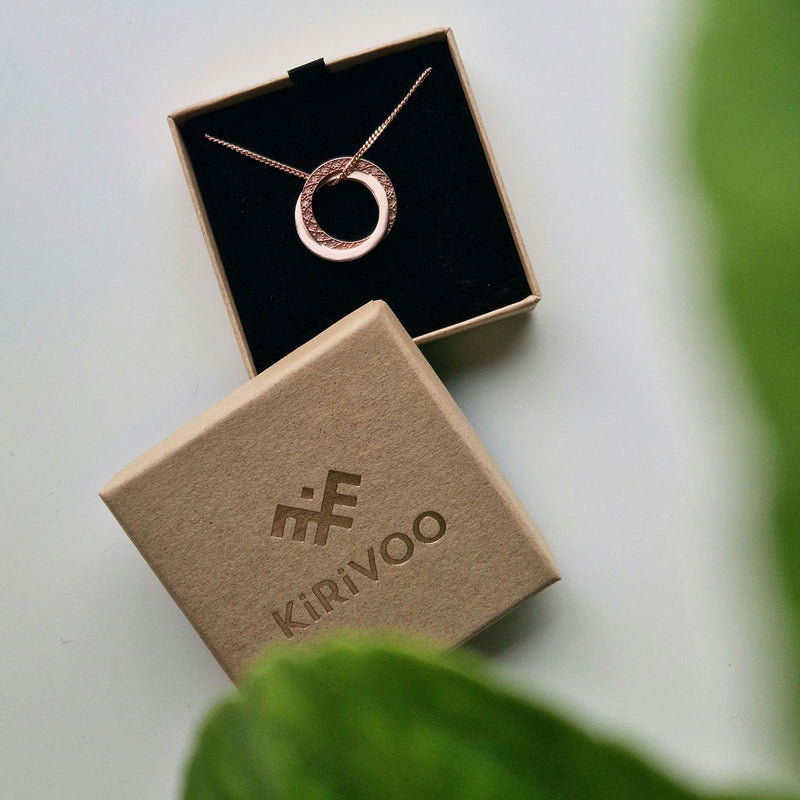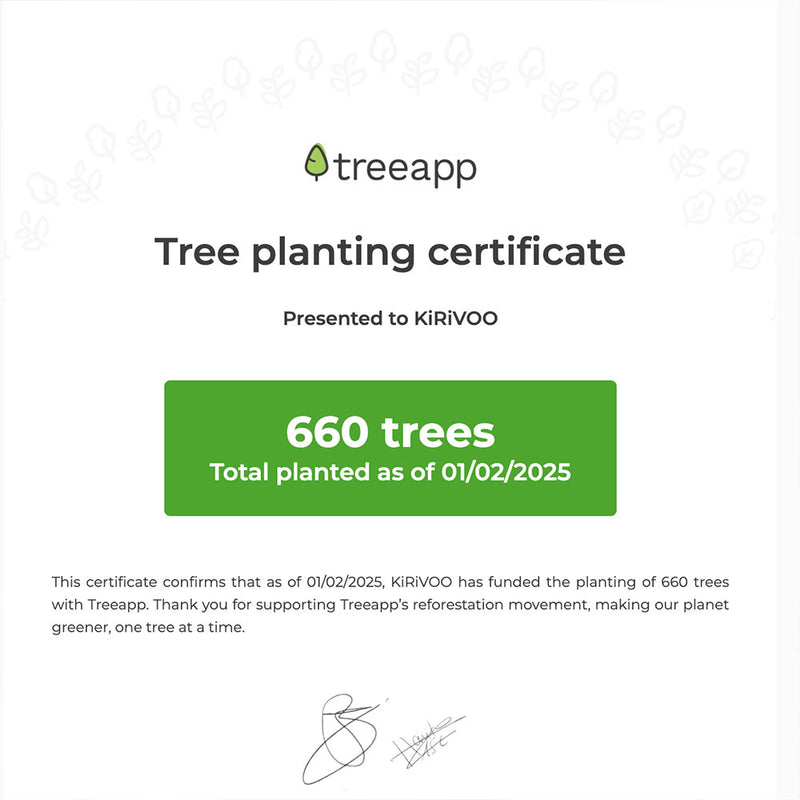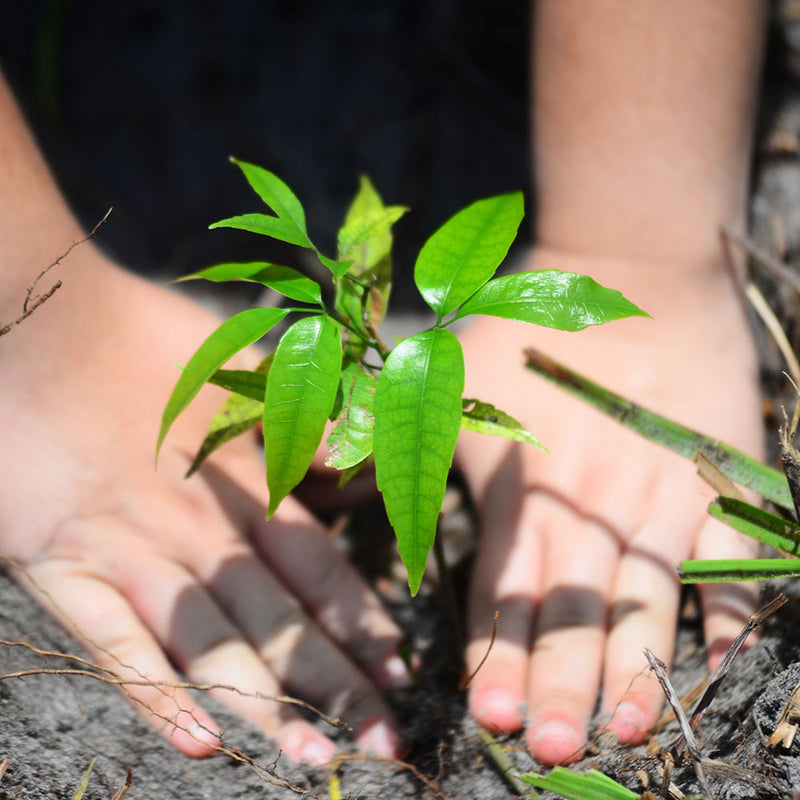ALL PLANTING SITES
- Bubanza
Burundi is a landlocked country located on the equatorial highlands of east-central Africa. One of the poorest countries in the world, almost half of its forest have been cut down in order to sustain the Burundian population. Restoring woodlands is crucial in order to protect communities from further land degradation. The planting projects in the east and west of the country enable locals to cultivate food crops and regrow vital woodlands including degraded bamboo and pine tree forests.
- Lushoto
- Lunguza
- Bangala
Tanzania is a country in Eastern Africa known for its two biodiversity hotspots, the Coastal Forests and the Eastern Afromontane. As woodlands still provide the main source of the country’s energy consumption, the forest cover continues to recede by approximately 1% every year, which is twice the global average. The planting projects in Tanzania promote sustainable reforestation in order to restore fragmented habitats. Tree species planted here include the Jacaranda, the African Tulip and the Fig tree.
- Shebedino
- Fiya K'eshi
Ethiopia, Africa’s oldest independent country, hosts two biodiversity hotspots, the Horn of Africa and the Eastern Afromontane, providing a major food source for the local populations. Excessive logging operations for cooking fuel and construction purposes have, however, made way for crop and grazing lands. The main objective of planting trees in Shebedino is to restore the original forest cover in order for the local population to continue their agroforestry, farming and beekeeping activities. The income from tree-planting changes the lifestyle of our planters. Women in Ethiopia, for example, use the money to pay for school, extending the years these women stay in education.
- Kaback
- Gorede
Guinea, bordering the Atlantic Ocean in East Africa, is experiencing growing population pressure and swelling suburbs. As a result, unsustainable logging operations have made the Upper Guinean forest one of the most threatened forest systems in the world. Mangrove swamps along coastlines are equally endangered as locals cut down trees for firewood and construction purposes. The TREEAPP helps to repopulates these mangrove forests and provides a means of subsistence farming for locals.
- Dabolava
- Mariarano
Madagascar is the world’s fourth largest island, famous for its colossal baobab trees and colourful wildlife. Yet, over 80% of forests have been cut down to gain land for agricultural purposes and timber exports. The restoration of forests is urgent in order for displaced aquatic and terrestrial species to be able to return to their habitat. The largest project to date, over 20 species of dry deciduous trees have been planted on the mainland, whilst mangrove swamps are regenerated along the shoreline.
- Maputo Bay
Mozambique, bordering the western Indian Ocean, has experienced large-scale deforestation in recent decades as a result of urban expansion. From 2001 to 2023, Mozambique lost 4.30 million hectares of tree cover, destroying ecosystems and displacing local wildlife. Particularly the loss of mangrove trees has made communities vulnerable to environmental disasters. For this reason, the planting projects in the south of Mozambique rehabilitate the coastal area, combating soil erosion and simultaneously improving the health of coral reefs.
- Kithimu
- Embu
Kenya in the East of Africa is home to varied climates across the savannah, its mountainous region and the lush forests of the Great Rift Valley. Large-scale deforestation has made the varying microclimates more severe, acutely affecting agricultural output. The tree planting in Kenya is done in-partership with local communities, Community Forest Associations, and the Kenya Forest Service to restore degraded forest lands. Their efforts also support farmers in planting trees for food, nitrogen balance and soil improvement, as well as involve schools in tree planting initiatives.
Lechuga, Brazil - Paraiba State
The TREEAPP works with the local communities to make sure that all trees are planted in due course (where mostly needed) and taken care of during their full lifecycle.
- Cascapampa
- Lechuga
Located on the west coast of South America, has lost over 2 million hectares of forest since the early 2000s. 60% of the country is covered by the Amazon rainforest which continues to be exploited by large-scale logging operations. It is essential to regenerate these degraded woodlands in order to assist the recovery of the ecosystem. The planting activities in the north-east of the country empower farmers to take care of both forests and farms in a sustainable manner.
- Paraiba State
Brazil, South America’s largest country, is home to the Amazonian rainforest which hosts unparalleled biodiversity. However, continued logging operations as well as the frequent wildfires during the last decade have damaged the fragile ecosystem. Sustainable planting efforts of large-scale woodlands and shrubbery remain a key objective in order to restore key water springs and basins. Local communities as well as wildlife rely on these forests for their water supply and livelihood creation.
- Aquin
- La Vanneau
- Ile a Vache
Haiti is the third largest country of the Caribbean islands and remains one of the most degraded countries on earth. With 98% of Haiti’s forests already gone, the UN estimates that 30% of the nation’s remaining trees are being destroyed each year. It’s crucial to extend our support to the resilient people of Haiti and the local partners who are tirelessly working to uplift their communities. Support us given the Fondation Bonne Recolte and Harvest Craft to reforest Haiti through mangrove and agroforestry planting. Mangroves are incredibly important to protect coastal populations by reducing erosion and reducing impacts of extreme storms. Mangroves also sequester high amounts of carbon, having a sequestration rate 10x greater than mature tropical forests
annually.
- Lombok
- Biak
Indonesia consists of more than seventeen thousand islands, ranking the country the 4th most populous in the world. Traditional fishermen rely on wetlands all around the islands in which mangroves, coral reefs and seagrass flourish. And yet, Indonesia has lost over 40% of its mangrove forests. Here the works are done towards rehabilitating aquatic ecosystems and protecting villages from flooding on the Lombok island by planting mangroves along shorelines.
- Tumling
Nepal is home to eight of the world’s ten tallest mountains, including Mount Everest, the highest point on earth. Its subalpine forested hills are thinning as a result of climate and environmental change and human-induced land degradation such as the overharvesting of fuelwood. As well as impacting biodiversity, this has led to a soil instability and a decline in water levels.
The reforestation projects in the mountainous regions of Tumling plant a range of species including the Hispaniolan Oak tree, home to the red panda. This contributes to a sustainable and protected habitat for red pandas in the Himalayas, and provides essential ecosystem services for local communities.
We are thrilled to support local communities in their endeavors to preserve local species and biodiversity in Ecuador. The local partners primarily focus on the conservation of birds, their habitats, and the country’s biodiversity, all for the benefit of the people with their active participation. The team conducts ongoing research on birds and other associated flora and fauna, supporting critical conservation efforts in key biodiversity areas, including the provinces of Pichincha, Imbabura, Carchi, Guayas, Manabí, El Oro, and Santa Elena.
- Wächtersbach
The TREEAPP works with the local communities to make sure that all trees are planted in due course (where mostly needed) and taken care of during their full lifecycle.
- Moussy
The TREEAPP works with the local communities to make sure that all trees are planted in due course (where mostly needed) and taken care of during their full lifecycle.
- Carabana
The TREEAPP works with the local communities to make sure that all trees are planted in due course (where mostly needed) and taken care of during their full lifecycle.
- Liangoedmor
- Northampton
Nowadays, only 13% of Britain’s land surface is wooded. This is extremely low in comparison to other European countries. At the same time, hundreds of woods are under threat of destruction in the UK. Moreover, the biodiversity of the land’s forests is also stably decreasing over time. Bird indicators, essential markers of biodiversity, continue to sink. With our projects in the UK, the aim to re-green the land and attract wildlife, sequester carbon and build resilience by extending existing forests and reintroducing native tree species in degraded areas.







